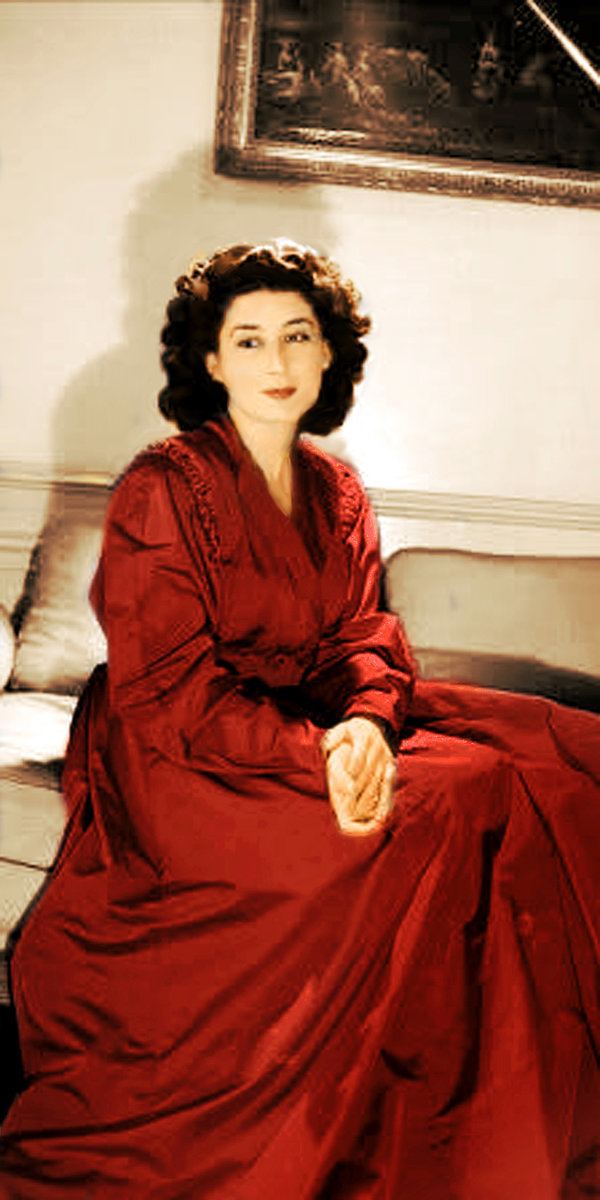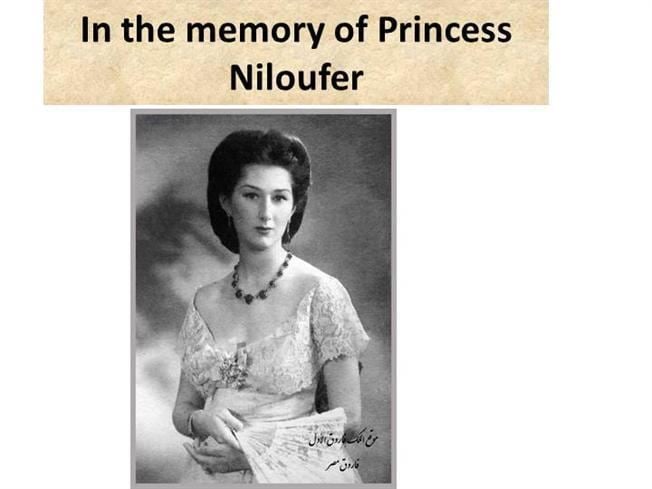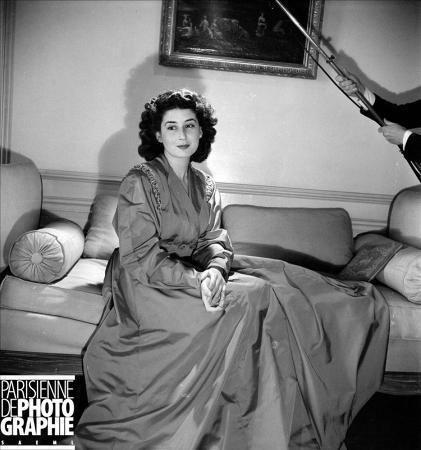Mother Adila Sultana Name Princess Niloufer | Parents Adila Sultana House Ottoman dynasty | |
 | ||
Father Damad Moralizada Salar ud-din Bey Effendi Died June 12, 1989, Paris, France Similar People Moazzam Jah, Osman Ali Khan - Asaf Jah VII, Osman I | ||
The saga of Princess Niloufer
Princess Begum Sahiba Niloufer Khanum Sultana Farhat (4 January 1916 – 12 June 1989) was one of the last princesses of the Ottoman Empire. She was married to the second son of the last Nizam of Hyderabad in India.
Contents

Birth

Niloufer was born at the Göztepe Palace in Istanbul, Turkey, at a time when her mother's family was ruling the Ottoman Empire. Her father was Damad Moralizada Salaruddin Bey Effendi, a prominent member of the Ottoman court. Her mother, Adile Sultan, was a daughter of Şehzade Mehmed Selaheddin, the eldest son of Sultan Murad V, and a sister of Sultan Abdülmecid II, the last caliph.

At the end of World War I, the ruling dynasty were deposed and Turkey was declared a republic. Later, in 1924, the Ottomans were exiled from Turkey. They settled in France, taking up residence in the Mediterranean city of Nice. Several members of their court and extended family, including Niloufer's parents, likewise went into exile in France.
Marriage

On December 20, 1931, at her maternal uncle's Hilafat Palace in Nice, Niloufer was married at age 16 to Moazzam Jah, second son of the last ruling Nizam of Hyderabad. The Nizam's elder son and heir was married to Niloufer's first cousin, Dürrüşehvar, daughter of Sultan Abdülmecid II. After her marriage, Niloufer moved to her father-in-law's court in Hyderabad, India.

Several years passed after the wedding, but Niloufer did not conceive a child. She travel to Europe to consult doctors, because there were no specialist obstetricians in Hyderabad. During this time, one of her maids died in Hyderabad during childbirth, again as a result of the lack of medical facilities. Childbirth took place mostly at home and even simple complications could prove fatal for mother or child. Niloufer made known to her father-in-law the problems arising due to this lack of medical facilities. As a result, a speciality hospital for women and children was built in the Red Hills area of the city. Indeed, the hospital was named Niloufer Hospital in her honour and she was named its patron, a position she retained as long as she lived in Hyderabad. Even today, the hospital remains a well-known one and is a prominent landmark of the Red Hills neighbourhood.
While Niolufer's private life seemed empty due to lack of children, she compensated by making her public life very glittering. She was part of the elite women's club at the time, Lady Hydari Club. Unlike other ladies in her family (this is true of both her natal family in Turkey and her marital family in India) who felt that their dignity and honour lay in not making public spectacles of themselves, Niloufer preferred to move about the city quite freely, leaving the zenana of the palace frequently to attend public engagements, cocktail parties and late-night revels. She attended many functions and also inaugurated several events, often unveiled. As no other lady of the Hyderabad royal family had ever moved about unveiled or attended cocktail parties or even official public events, Niloufer came to be regarded as a torch-bearer for women's advancement. Her beauty and active public life received mention in the press, and she was featured on the cover pages of magazines. She was judged one of the 10 most beautiful women in the world, and was even offered several roles in films.
While her father-in-law and other family members had supported her fully for her charity work, including building a speciality hospital at her behest and incentivizing foreign doctors at great expense to settle in Hyderabad, they did not like the immodest and vacuous celebrity-lifestyle she thereafter developed. They understood that lack of children and domestic occupations meant that time lay heavy on her hands, and they tried to engage her energies in constructive things like the hospital and children's schools. It was at her father-in-law's behest that Niloufer, during World War II, obtained training as a nurse, and helped in relief efforts in Hyderabad, where some Indian soldiers who had suffered injuries in the war theaters of Europe or east Asia were brought for recuperation. However, this did not last long, and her partying continued unabated.
Meanwhile, the specialist doctors in Europe were unable to deduce a solution to her childlessness. In 1948, 17 years after his marriage to Niloufer, her husband Moazzam took a second wife, Razia Begum, daughter of local aristocracy in Hyderabad. This was in accordance with both law and tradition, which alike permit a Muslim man to have up to four wives at a time. The second marriage was quickly blessed with children and three daughters were born within four years. Eventually, in 1952, after 21 years of marriage, Niloufer and her husband were divorced.
Later years
After her divorce, Niloufer moved to France where the Ottoman family had settled after their exile from Turkey. A number of other royal exiles from several countries were also settled in Nice and the Côte d'Azur and Niloufer maintained an active social life. On February 21, 1963, in Paris, Niloufer married Edward Julius Pope, an American war hero, author, and film producer. She died in Paris on June 12, 1989.
